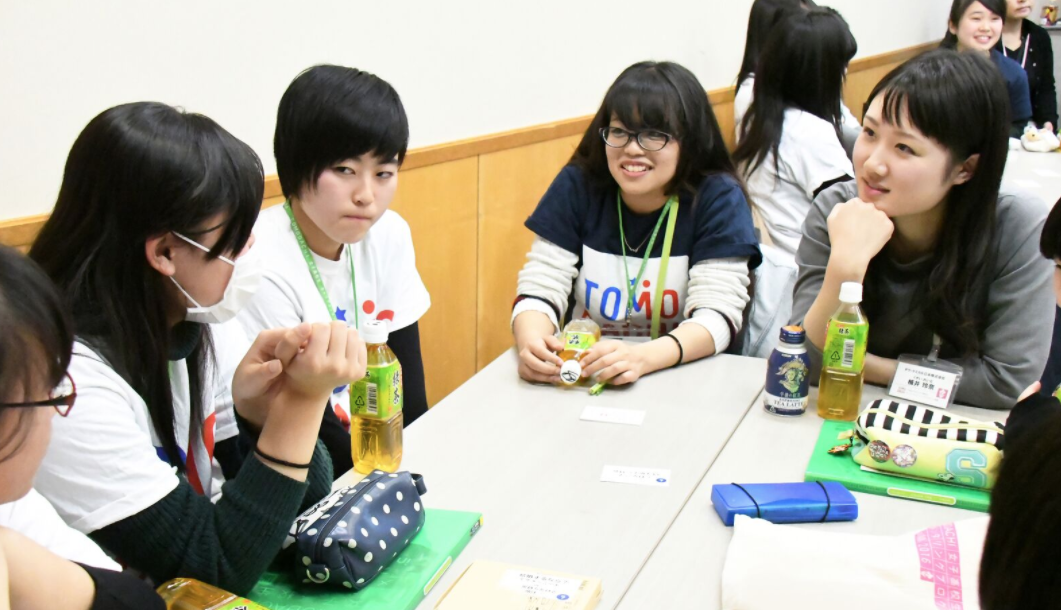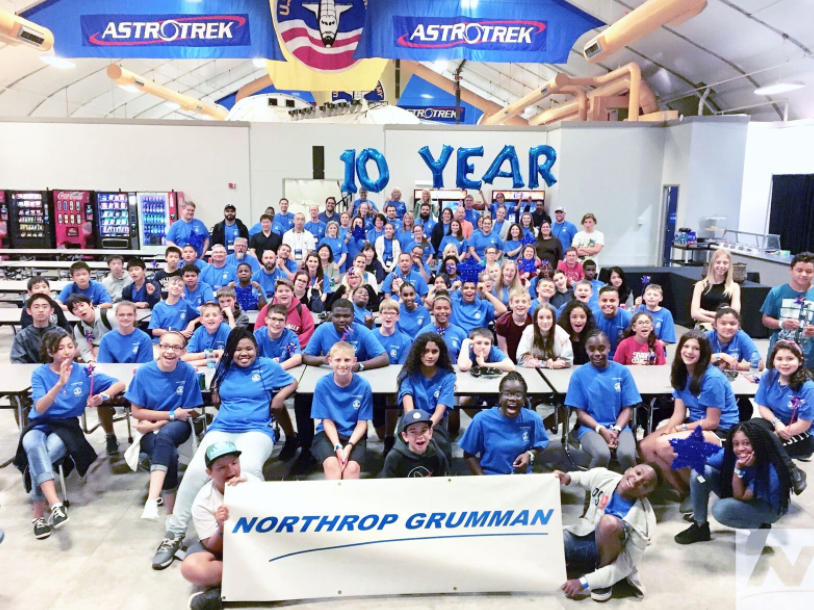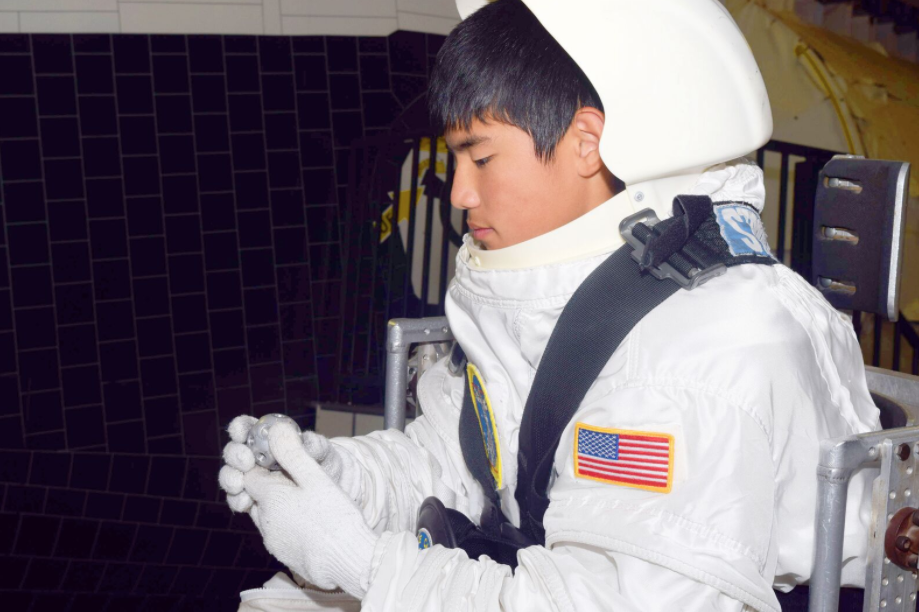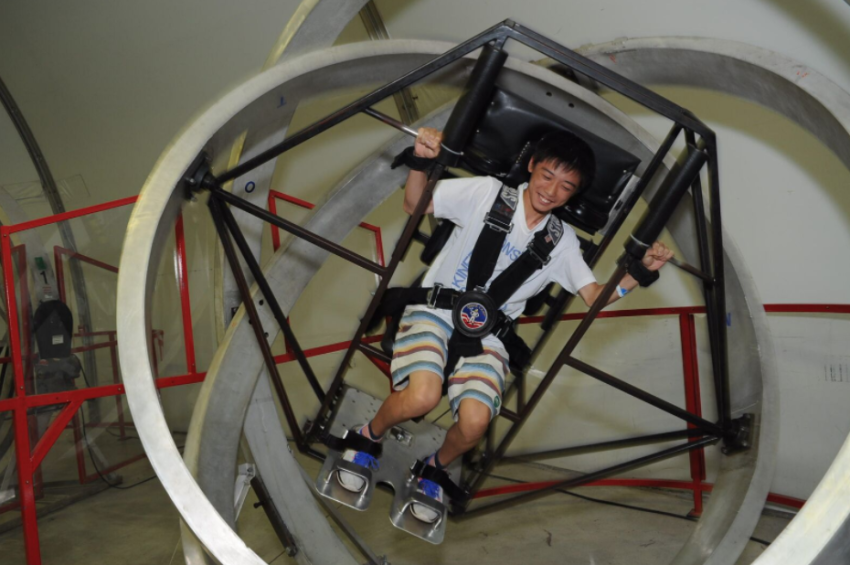As technologies become more advanced, organizations such as global aerospace and defense company Northrop Grumman Corporation and The Dow Chemical Company will need more skilled engineers and scientists. Knowing this, both make education an important part of their engagement with the community, investing significant resources into programs that give students opportunities they might otherwise not have and open up career paths.
Northrop Grumman and its foundation are dedicated to increasing educational opportunities in the fields of science, technology, engineering, and mathematics (STEM) to ensure that talented and diverse professionals are available to fill future workforce needs. In 2017, the foundation and company contributed more than $20 million to diverse STEM-related groups.
Dow is also working to build a capable and visionary future workforce through its Global Citizenship program, a multipronged approach to solving global problems. This work is driven by Dow STEM Ambassadors, trained Dow employee volunteers who lend their passion and expertise to engage students and support teachers.
“As a science-based company, we are committed to advancing STEM fields—particularly chemistry, engineering, and manufacturing,” Peter Jennings, president of Dow Chemical Japan and Korea, told The ACCJ Journal. “We do this by getting students excited about STEM subjects, supporting educators, and creating career advancement pathways in all areas within the education and workforce pipeline.”
Stan Crow, chief executive officer of Northrop Grumman Japan, said that their partnerships “focus on engineering and technology-based initiatives that excite, engage, and educate students with an emphasis on middle school and university-level programs.”
The Northrop Grumman Foundation Teachers Academy, he said, provides professional development opportunities for STEM teachers who ultimately inspire and educate the future talent base. “Defending cyber networks, engineering autonomous vehicles, and exploring space are just a few examples of the skills students develop as they experience the excitement of STEM through programs supported by [us].”

FUTURE STARS
Space is the next great frontier, and exploration and utilization of environments beyond Earth are critical to the future of our civilization. Although few people live and work in space today, the number is expected to steadily increase throughout this century. While the United States and Japan each have their own programs and missions, the two countries’ future in space are linked.
“Japan is one of NASA’s closest international partners, with more than 70 active bilateral agreements,” said Garvey McIntosh, the U.S. National Aeronautics and Space Administration (NASA) Asia Representative at the Embassy of the United States, Tokyo. “More than half of these are with the Japan Aerospace Exploration Agency [JAXA]. NASA signed its first agreement with Japan in 1960, for cooperation in space communications, and NASA has signed more than 625 agreements with a variety of Japanese entities since then. Japan is the only country aside from Germany with which NASA has cooperation across all mission directorates: human space exploration, aeronautics research, space technology, and science—both space and Earth.”
The Northrop Grumman Foundation supports this cooperation through its Space Camp sponsorship program, which inspires the next generation of space leaders and explorers by encouraging young students to get excited about and consider careers in a STEM-related field.
For the past 10 years, the foundation has sponsored students and teachers from around the globe to attend Space Camp, partnering with some 280 schools to expose more than 1,000 students and teachers to space exploration and STEM. Two years ago, the sponsorship program was expanded to include participants from Japan. This year, the foundation sponsored 152 camp participants, 10 of whom are from Japan.

BAMA BOUND
NASA’s largest facility, the George C. Marshall Space Flight Center (MSFC), is located in the northern Alabama city of Huntsville. It is here that the Saturn launch vehicles for the Apollo moon program were developed. The MSFC was the lead center for Space Shuttle propulsion and the orbiter’s external tank, while it was also responsible for payload crew training, as well as for the design and assembly of the International Space Station.
Nearby is a public-facing facility, the U.S. Space & Rocket Center, the world’s largest spaceflight museum. This is the home of Space Camp, a one-week private, non-NASA education program. Space Camp alumni include five NASA and European Space Agency astronauts.
At Space Camp, students have the chance to build and launch rockets, use astronaut-training equipment, and conduct a simulated space shuttle mission. Teachers learn new methods for presenting STEM concepts in their classrooms. As a result, the program has a lasting impact beyond the one week spent at camp. It can be a life-changing experience.
Selection of students and teachers is conducted by Northrop Grumman partner schools. “We work closely with city and prefectural school boards to identify schools to collaborate with,” Crow said. “Once specific schools are selected, we provide selection guidelines for students and teachers to the school’s leadership team. Students are typically selected based on some type of essay contest or science project, and schools select teachers who will be a good fit for the program.”
COOPERATION
The Space Camp experience has benefits beyond just STEM education. Representatives of both NASA and JAXA told The ACCJ Journal that the programs deepen mutual understanding and strengthen the foundation on which the NASA–JAXA relationship is built and future space exploration will be conducted.
Kaori Sasaki, manager of the JAXA Space Education Center, explained that, through space, students can see things from a broader perspective.
“Many of the real space activities are being promoted with international cooperation,” she said. “Bringing together each other’s fields of expertise optimizes the mission.”

To prepare Space Camp participants, JAXA offers a one-day program prior to their departure at which students learn about Japan’s space activities. The hope is that, during their time in Huntsville, they will be able to compare the situation in Japan with that in the United States to find differences and similarities.
“We Japanese still have very few opportunities to gain international experience in daily life,” Sasaki said. “In addition to the interest in science and engineering issues, since the participants will come from around the world, mutual understanding will be expected at this Space Camp. It is a very good opportunity for Japanese students and teachers.”
This is one of the key benefits Northrop Grumman sees as well. “During Space Camp, students spend a lot of time working in small, diverse teams to solve various challenges—not unlike what they might experience as young professionals in the workplace,” said Crow. “The participants build friendships, which they often maintain after camp through email and social media.”
He added, “Space Camp also presents an opportunity for teachers to network, and they can continue to stay in touch to share their classroom experiences and learn from one another. In addition, U.S. and Japanese students and teachers can share their Space Camp experiences with their communities when they return home, which positively impacts U.S.–Japan relations.”
McIntosh said that Space Camp “aligns with NASA’s mission to inspire the next generation, and to use every opportunity available to engage learners to support and facilitate a better understanding of space exploration and embolden the joy of discovery.”
NASA’s near-term goal, said McIntosh, is to build on the lessons learned from the Apollo missions and the Space Shuttle program to return humans to the moon as a precursor to future missions to Mars.
“The Moon holds important information about the formation of our planet and the history of our solar system. What we learn there is essential for our journeys to Mars and farther destinations. These missions will span multiple generations, which is why NASA remains committed to inspiring the next generation of explorers in STEM fields.”
BEYOND SPACE CAMP
While many eyes are on the stars in the sky, others are on those who will compete here in Japan at the Tokyo 2020 Olympic and Paralympic Games. With that in mind, Dow launched an educational program that combines STEM and the Games. Dow is a Worldwide Olympic Partner and is the official chemistry company and carbon partner of the International Olympic Committee.
Ten Dow Japan STEM Ambassadors visited Oyamadai Intermediate School in Tokyo in October 2017 to conduct an educational program called Power of Science, which the company developed with the non-profit organization Jibun Mirai Club. These ambassadors formed five teams of two, and each team gave a captivating presentation that incorporated chemical experiments involving Dow Coating Materials innovations and polyurethane forms. The more than 100 seventh-grade students attending the program then took part in a fun quiz.
They also shared some of the challenges they have overcome at work and the lessons they have learned. The idea behind the Power of Science program is to provide opportunities for students to exchange ideas on what kind of “human element” they want to become in the future, meaning how they wish to contribute to society.
Building on the success of the Oyamadai experience, Dow is looking to extend its STEM outreach with another program this October and more.
“Dow Japan and many of our women STEM stars have been instrumental in valuable and inspirational programs that are extremely important to diversity, inclusion, and women’s empowerment,” Jennings said. “Women’s leadership and STEM education for women are extraordinarily important topics in Japan, and Dow Japan is proud to lead. Our Dow Japan women leaders, including women STEM stars, have participated in many important endeavors, speaking at the American Chamber of Commerce in Japan’s annual Women in Business Summit and as STEM supporters at events hosted by Catalyst Japan, a global nonprofit that works with CEOs and leading companies to build workplaces that work for women.”
Dow STEM stars have also served as mentors in the Fukushima High School Women Career Mentoring Program, which is conducted by the Tomodachi Initiative, a public–private partnership that invests in the next generation of Japanese and U.S. leaders through educational and cultural exchanges, as well as leadership programs. Dow is a partner of the organization that was born out of the Great East Japan Earthquake and Tsunami recovery efforts.
Furthering U.S.–Japan cooperation, Dow also supports the Tomodachi-STEM @ Rice University Program, which sends 10 female Japanese university STEM students to a five-week research program at Rice University in Houston, TX. The trip includes a visit to Dow’s innovation center, located in the city.
“We hope it contributes to an increase in the number of students studying in both Japan and the United States to foster more scientific collaboration and to help Japan’s effort to support women’s empowerment and leadership,” said Jennings. “We also hope it will cultivate an interest in STEM and research collaboration between the two countries among the next generation of leaders so that they may be more effective when addressing global scientific problems that may arise and affect their future.”
ONE GIANT LEAP
Having already stressed the importance of STEM education in general, NASA’s McIntosh concluded his discussion with The ACCJ Journal with thoughts about those who visited Huntsville. “Similar to past alumni of Space Camp, the current participants will undoubtedly make their own valuable contributions to the future exploration of space. Developing a cadre of future scientists, engineers, mathematicians, and astronauts—in both the United States and Japan—could provide a solid foundation for NASA and JAXA to complete our ongoing activities, while also giving opportunities for enhanced space cooperation. I would not be surprised to see one of the Japanese student participants of this year’s Space Camp become an astronaut and/or possibly the first Japanese citizen to step foot on Mars.”
Custom Media publishes The ACCJ Journal for the American Chamber of Commerce in Japan.
- External Link
- https://journal.accj.or.jp/stem-space/
 Take our user survey and make your voice heard.
Take our user survey and make your voice heard.




No Comment
Login to comment